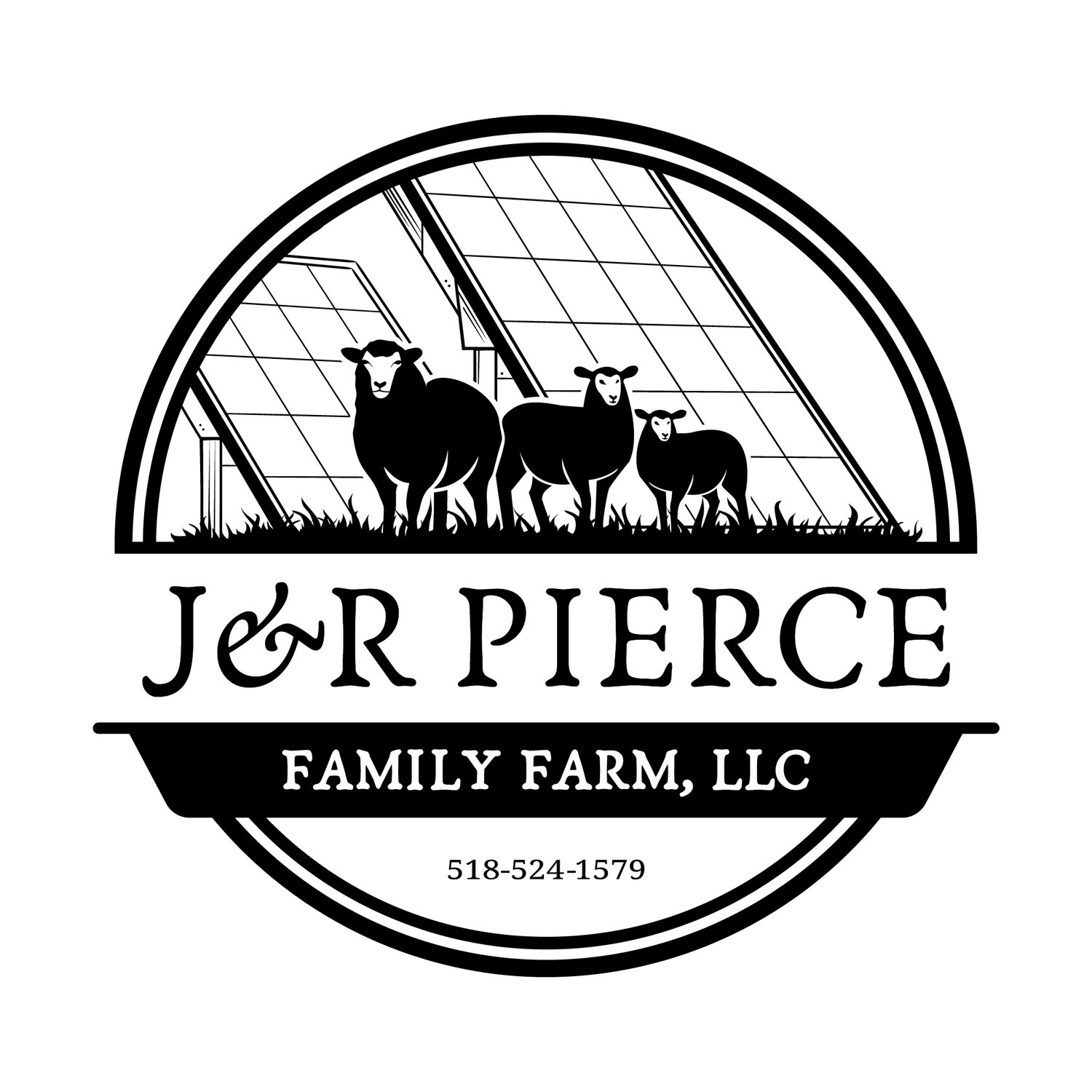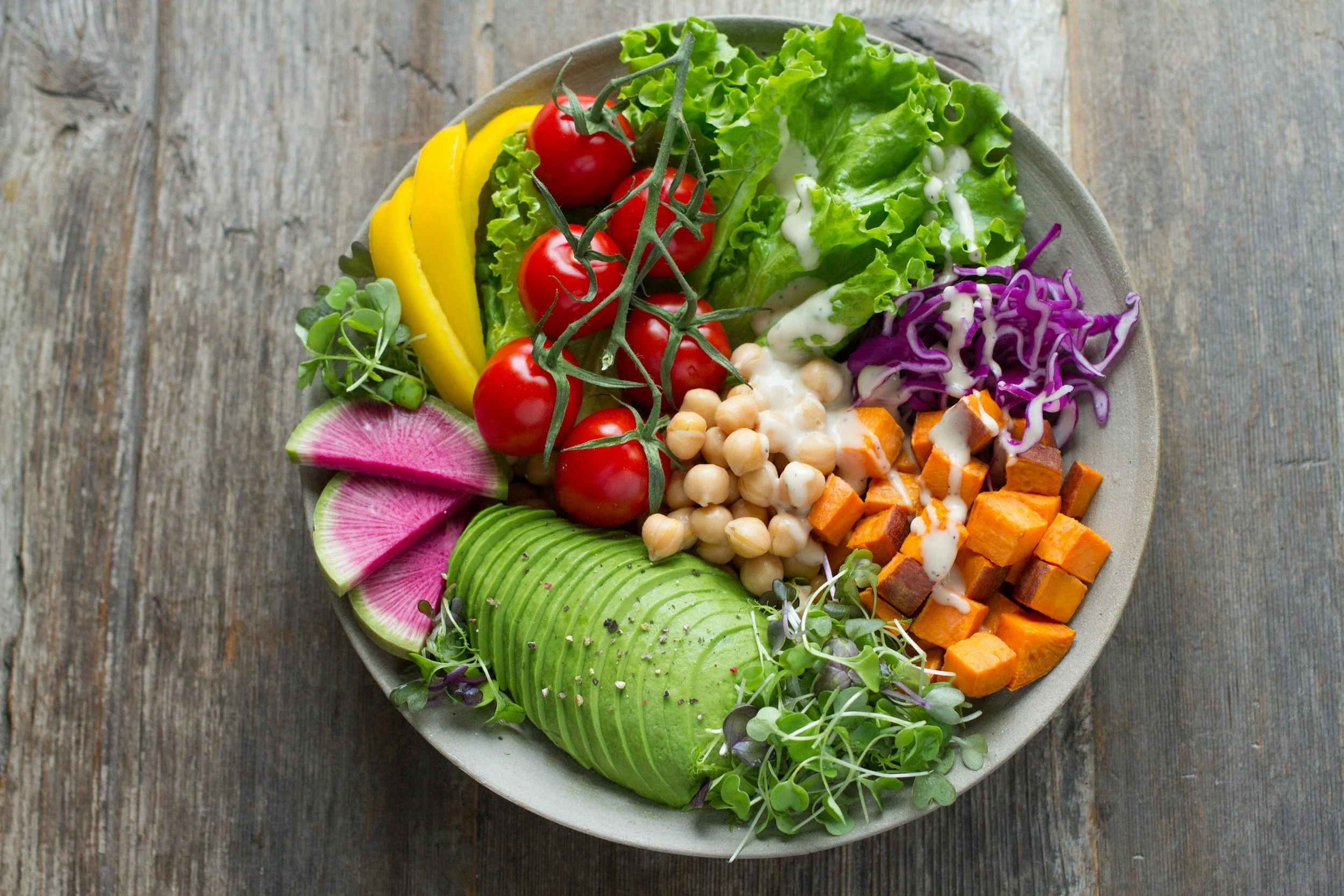What is the “Best” Diet?
There’s an app for that.
There’s a pill for that.
Try this diet.
Organic is the best way to eat.
Go keto.
Paleo will help you lose weight and live until you’re 120 years old.
Nope. Intermittent fasting.
Grass-fed beef is the healthiest for the planet.
No, wait, a vegan diet is.
But what about free range chickens? Where do they fit in?
There’s a lot of noise when it comes to what and how we should be eating, so what’s correct? What’s true? What’s the best way to eat (and to farm) for our economy, our individual finances, our health, and our longevity? What about the health of the planet?
I’m going to tell you the truth….
….
….
….
**J&R Pierce Family Farm is a participant in the Amazon Services LLC Associates Program, an affiliate advertising program designed to allow sites to earn advertising fees by linking to products on Amazon. I often link to Amazon when recommending certain products, and if you choose to purchase, I may earn a small percentage of the sale. It costs you nothing extra, and all recommended products are ones that I personally vouch for.**
The Truth
All of these ways to eat are the best. They are also all the worst.
Don’t click away just yet, because I have more to say, and while you’re likely feeling frustrated by this noncommittal response, know that I do have some evidence to back up what I’m trying to say.
And I know our attention spans are only about three seconds long (thanks TikTok) but bear with me.
First, this fact: human beings are remarkably adaptable, diverse creatures. Our diets over the last several hundred years (even the last hundred or fifty years) have changed dramatically. In fact, you might say that our diets are changing faster than evolution can keep up with them.
Some people might argue (and some scientists, indeed, have successfully argued) that even our current diet of highly processed foods is something we as humans could evolve to thrive on in the future (admittedly, the other side of that argument is that it will take a long, long time to do so, perhaps more time than we have).
We’re also exposed to more information than ever before in human history. It only takes five minutes on Facebook to see five ads for weight loss medications, a dozen for snack foods, and yes, all those well-meaning posts from “fitness influencers” or even friends and family touting how this diet or that has “CHANGED THEIR LIVES COMPLETELY.”
This post is not one of them. I’m not going to try to convince you that eating grass fed beef or eating vegan or eating a fruit-only diet (yes, that’s a thing) is the best for your health or for the planet.
Because it always comes down to these two little words: it depends.
The Problem With Our Food System
In my opinion, the biggest problem we have with our food system, and with our environment, both viewed independently and in sum, is that we look for a single best approach that will work on a global scale. That’s not the reality.
The reality is that what works well in one place won’t always work well in another, or what works well for one group of people won’t work well for another group of people.
I talk a lot about food and energy independence in my Factual Friday posts, and it’s because I care deeply about it.
I think we all should care deeply about it. Food, after all, is something that affects each and every one of us, no matter where you live, how much money you make, or what kind of diet you prefer to follow.
In the book “Stolen Harvest: The Hijacking of the Global Food Supply,” author Vandana Shiva explains how our obsession with one-size-fits-all food solutions has completely decimated the global food supply.
We Don’t Have a Hunger Problem
Indeed, we don’t have a global hunger problem. We have a global food distribution problem.
There is plenty of food being produced on a global scale, but so much of it is wasted, malappropriated, or simply forced down the throats of people who don’t even want it to begin with.
In India, Shiva explains, the American hyperfixation on soybeans has destroyed local economies. The country’s food security has dropped by 75% and Indians are encouraged to be food “self-reliant” rather than “self-sufficient.”
In other words, they are told to make money through other means so they can be “self-reliant” at the grocery store and buy their own food - food shipped in from across the world, food that is not grown indigenously in India and food that local cultures do not have a use for.
India is oceans away, so it seems silly for me to bring that up, right? But we’re dealing with the same problem in the US. As much as 90% of Americans could easily be fed with food grown within 100 miles of their home, according to research, yet we’re in a massive trade deficit in which we import far more than we export. And what we export isn’t really “table-ready” food at all.
We are obsessed with finding new ways to increase our production of commodity crops like corn, soy, and, dare I say, feedlot cattle (which is fed largely with corn and soy).
We’re so hyperfocused on amping up production of commodities that we ship overseas and push into markets in places that don’t have a traditional need for those products (until the forced introduction of soybean oil, Indians cultivated and consumed mustard oil as a conventional crop, an industry that’s now all but disappeared).
And to serve what purpose? The soybean industry in the US thrives because it’s propped up by government subsidies. When was the last time you ate a soybean? Probably never, because raw soybeans aren’t easily digestible.
And I’m not talking about foods made with soybean oil, aka ultra processed foods, or even soybeans used for livestock feed, because we all know those are found aplenty in the modern diet.
Not a problem, of course, except most of the processing of those is done overseas and therefore, not benefiting local economies, either.
I have nothing against soybeans. We need livestock feed. We need tofu (well, personally, I don’t think we do, but I’m sure a lot of my vegan friends would think otherwise).
But make no bones about it: growing soybeans isn’t doing a lot for the American economy when viewed as a whole. It’s not doing much for global health, cultural longevity, and the overall wellbeing of everyone else on the planet, either (nor for the health of the planet).
The Problem With Generalization
By focusing on a “one-size-fits-all” approach to diets and agriculture, we’re losing out on a huge opportunity to capitalize on foods that are local, nutritious, and sustainable.
Is it sustainable to eat beef five times a week when that beef is produced on a feedlot and shipped 1000 miles or more to you? No. It’s not.
Is it sustainable to eat beef grazed on grass or even fed grain five miles down the road from you? It very well could be. In fact, in northern climates, eating meat may be the far more sustainable choice, even more so than plant-based foods.
Let’s not forget that our edible plants require sunlight and warmth to grow, something that doesn’t happen for four to six months out of the year here in Northern New York.
Cows, on the other hand, are efficient calorie-storing machines, ones that can be fed year-round with harvested hay and store those calories through the winter, providing us with nourishment and a “crop” to grow even when the sun isn’t shining.
But in Hawaii? Sure, it might make more sense to rely on a plant-based diet year-round. And this is why, historically, we’ve seen such a massive disparity in the diets of early humans. The first inhabitants of Java would not have eaten the same as the first inhabitants of northern Europe. Yet both populations could still thrive on dramatically different diets.
The Solution
This is why I get so frustrated when people talk about one food or one food group being the enemy of modern health, or of environmental sustainability. Every single food, every single crop has its place, but that place might not be on your own dinner table.
Don’t come at me, but we probably shouldn’t be eating avocados in northern New York if our main priority is eating sustainably. Why? You can’t grow avocados here, so they have to be shipped (and don’t get me started on how much water they use).
Are avocados healthy, what some might call a “superfood”? No doubt. But instead, you’d be better off getting all those nutrients from foods that can be found here, like fatty fish, eggs, or even natural yogurt.
Here in the US, we are at a crossroads.
As they say, our chickens are coming home to roost (and FYI - chickens can also be healthy and sustainable sources of nutrition, too). We are seeing the impacts of many years of nearsighted decision making come to light as grocery prices creep higher and local farms are put up for sale.
We need to start taking a big picture view. And that view isn’t about following what’s trendy or what’s subsidized (or even what your favorite influencer says about chia seeds). It’s about listening to culture, nature, individual dietary needs, and the needs of your local community.
And yes, it’s okay if you like avocados and live in Vermont. It’s fine if you like beef and live in Puerto Rico.
Just don’t make generalizations about what’s best and what’s not, because the truth is…it all depends.
Want to learn more about food systems and farming? Check out these featured articles!
Subscribe to our email newsletter for regular tips and tricks on homesteading and farming – wherever you are. You can also follow us on Instagram (@jrpiercefamilyfarm) and Pinterest (J&R Pierce Family Farm) for frequent updates. Happy farming!




